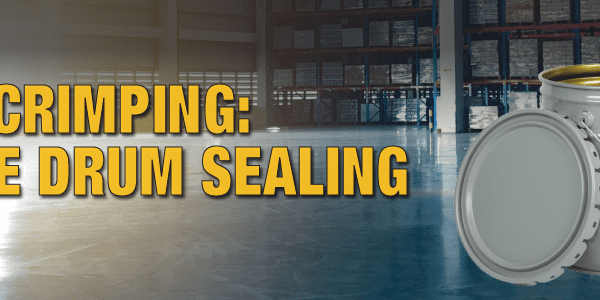Simon Says . . . It’s All About Following Directions
An experienced shipper knows that in order to be compliant for HazMat or Dangerous Goods shipping, packaging designs have to be subjected to performance testing. In fact, this should be something that even new shippers learn during their training. This testing is meant to simulate conditions that the package could encounter during typical transport operations.
Did you know that there are requirements to be followed even after the testing is complete and the packaging is marked as meeting the appropriate specifications? In a game of Simon Says, all players must do whatever Simon says. Packaging manufacturers are like Simon, they must provide proper instructions to customers so that they are able to assemble and use the packaging correctly. The packaging must be assembled in the same manner as it was during the testing process. If not, the shipment could be considered non-compliant.
The certification provided for the packaging is only good for the exact configuration that was tested. This is especially critical for combination packagings which can have numerous parts necessary to make a complete package. Making even minor changes to that configuration means there is no way to know for sure if it would still pass the testing criteria. Using specification packaging is much like a game of Simon Says . . . one wrong move and you are out of the game.
So, what does this mean for shippers who use specification packaging? It means that you must follow the manufactures instructions, and if they are not provided you must obtain them before you prepare the shipment. Making changes to components, materials or even closing methods may invalidate the certification that the manufacturer provides. Remember, you can only make changes if Simon Says. During an audit, this is something that is very easy for an inspector to investigate and could potentially lead to a citation for non-compliance.
Some of the most common changes that can make a package non-compliant due to variance from the tested configuration are:
- Using the incorrect closing method or material – This can range from not using the proper torque on a single packaging or inner packaging to using a different cap on a bottle or even using a different tape to seal an outer fiberboard box
- Using different inner packagings – Unless you are using packaging that was tested as “variation” packaging, you must use the same inners as tested. Just because you have a similar container does not necessarily mean that it will still be compliant
- Using incorrect or insufficient cushioning material – When a packaging design is tested with cushioning material (inserts, foam, vermiculite, etc), that same material, in the same amount, must be used during shipping. Even variation packaging, which allows for the use of inner packagings other than those that were tested, must include the same amount and type of cushioning material as when tested
Navigating the do’s and don’ts of specification packaging can be confusing. Simon says to let ICC’s team of experts help you make the right decision and stay in the game. Our sales team works closely with our regulatory team to ensure that we provide the best choices for compliance.






 ICC USA
ICC USA ICC Canada
ICC Canada